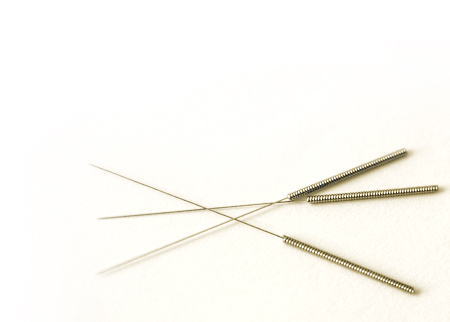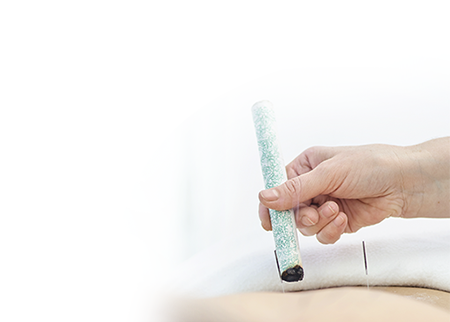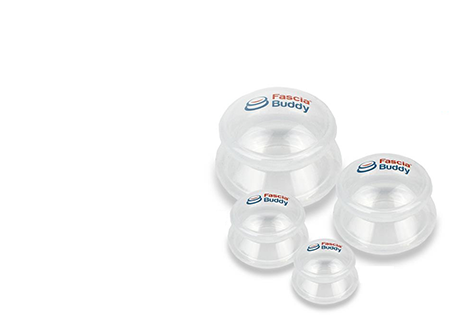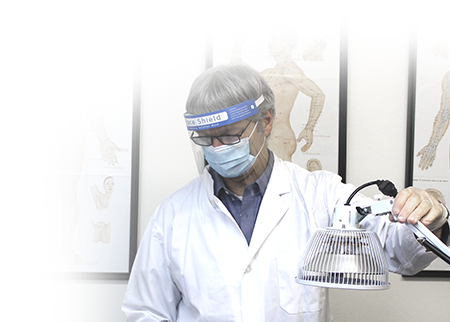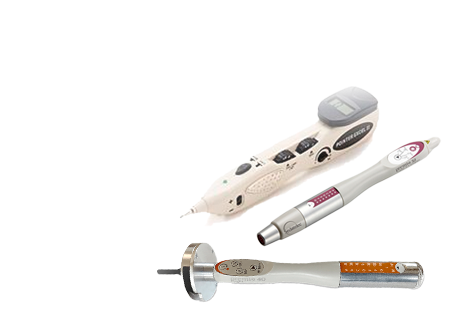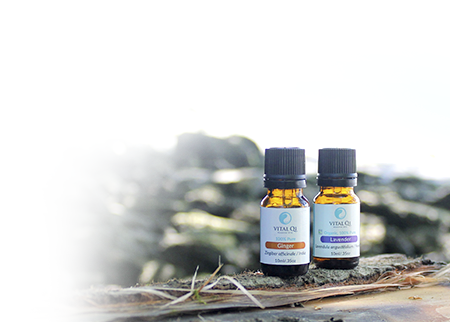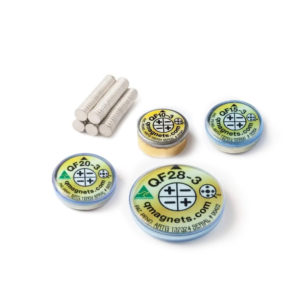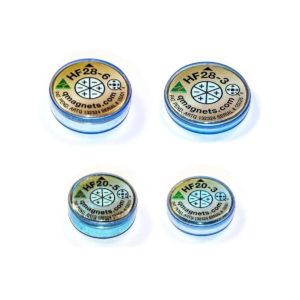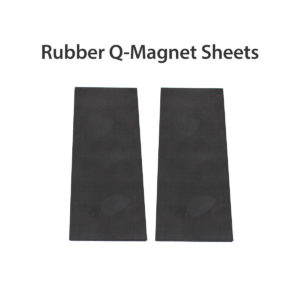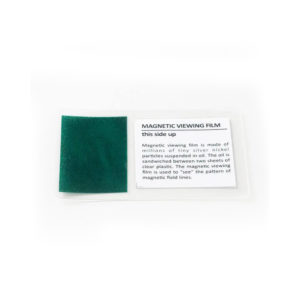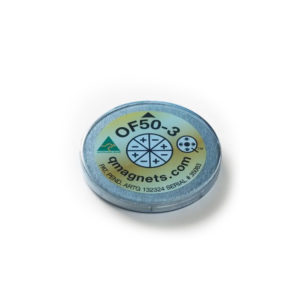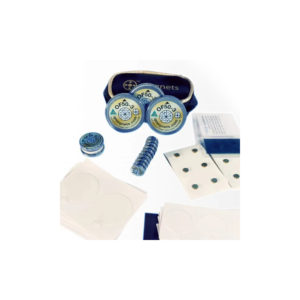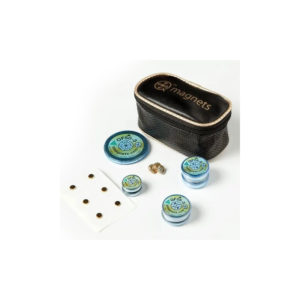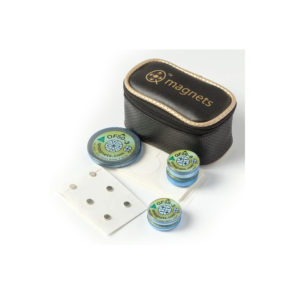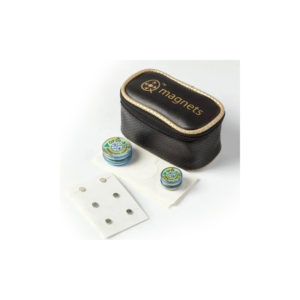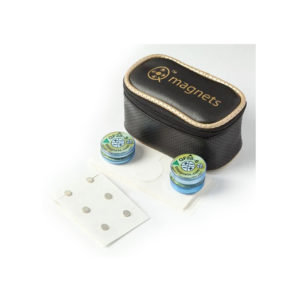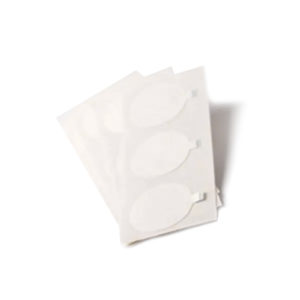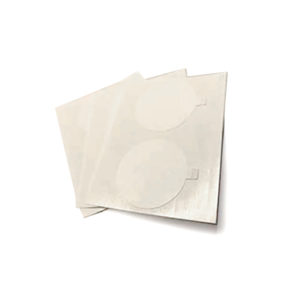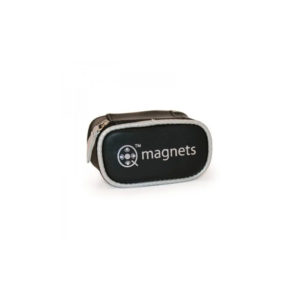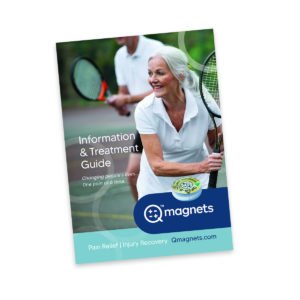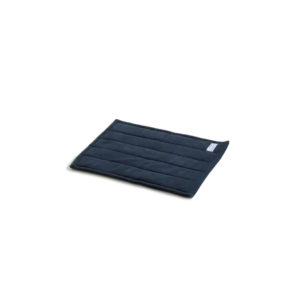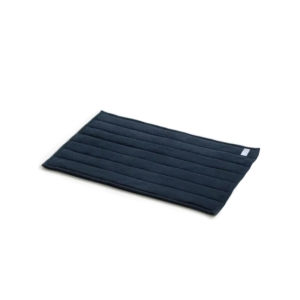Q magnets – Magnetic therapy like never seen before!
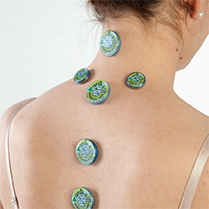
Q magnets are a unique set of multi-polar magnets intended to produce a mixed (positive and negative) magnetic flux field over a superficial body site to potentially provide comfort or localized temporary relief of minor aches and pains (e.g., from muscle soreness/stiffness, arthritis etc.).
Magnet products can be compared based on features and properties such as number of poles, size, pull force, flux plate, plastic casing and more.
Q Magnets offer four different types of multipolar magnets to choose from…
- Quadrapolar powerful neodymium magnet with flux plate – 4 alternating poles
- Hexapolar powerful neodymium magnet with flux plate – 6 alternating poles
- Octapolar powerful neodymium magnet with flux plate – 8 alternating poles
- Concentric weak flexible rubber magnet – circular alternating poles

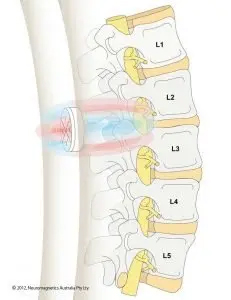 What sets them apart from common bipolar magnets are the alternating pole boundaries that produce steep magnetic field gradients. This is where, the research suggests the main pain relieving and tissue healing properties of a static magnetic field resides.
What sets them apart from common bipolar magnets are the alternating pole boundaries that produce steep magnetic field gradients. This is where, the research suggests the main pain relieving and tissue healing properties of a static magnetic field resides.
The key is to place the right magnet over the specific part of the body so that the magnetic field envelopes the target tissue. For instance, for lower back pain, a lumbar spine placement will often require a larger and more powerful QF28-6 with a deeper penetration.
The research clearly shows that Quadrapolar magnets have physiological effects that are not shared with your common bipolar magnets.
Choose Quadrapolar When:
Quadrapolar magnets are most effective when depth of penetration is most needed. Some areas for application would be: Lower back (although you would get better results with Octapolar OF50-3 when targeting two adjacent spinal levels)
- Hip joint
- Through a plaster cast
- Through a generous layer of adipose tissue
Choose Hexapolar When:
Conditions and placements where the Hexapolar magnets may be more effective are where the target tissue is more superficial. Examples such as…
- Elbow pain
- Minor plantar surface foot pain (heel pain)
- Wrist
- Ankle
- Minor shin pain
- Minor pain from carpel tunnel syndrome
Choose Octapolar When:
The most advanced multipolar magnet, an Octapolar model, the OF50-3 should be used when you need to cover a large surface area such as a large haematoma or target two adjacent spinal levels such as L4/5 and L5/S1.
Choose Concentric Rings Magnets When:
The Concentric Ring Magnets including the Bioflex range are a weaker flexible rubber magnet with a penetration of only 5-10mm and so work best when only a superficial field is required. Best used to target Myofacial trigger points.
Having the field penetrate deep enough is often critical to the success of the treatment.
As with any task, you need the right tool for the job. Q magnets can be a great friend, but with 20+ models it helps to know a little about each one to find out who’s your best friend. See the Q magnets products page for a description of each device, including the sizes and penetration depths.
The overriding principle of device selection is to choose a Q magnets model that is large enough and its field penetrates deep enough to envelop the target tissue. See our device selection guide to learn how the size, width and number of poles affect the field penetration.
Smallest devices (QF10-2 & Q6-1.5) are the best fit for the smallest joints, such as fingers and acupuncture and trigger points.
Medium sized devices (QF20-3) are the best fit for medium sized joints such the elbow and ankle.
The largest devices (QF28-3 & OF50-3) are the best fit for the larger joints such as the knee, shoulder, hip, lower back and sacroiliac joint.
The most commonly used devices are the QF28-3 and QF20-3 which is why they are packaged in the General Use Bonus Set.
As a general rule, the larger devices such as the QF28-6 and QF28-3 should be used centrally over the spine and over the larger deeper nerves such as the sciatic nerve.
The smaller Q magnets such as the QF20-3 and QF15-2 should be used peripherally over areas such as the elbow and wrist and the smallest models QF10-2, Q6-1.5 used on trigger points. With each pain episode, you may require a larger Q magnet and as the pain diminishes substitute with a smaller device to maintain your pain free state.
The smaller devices such as the QF20-2 have a lower profile, hence may be more comfortable for daily use. The Q6-1.5 is very small and only requires a small round plaster to apply it to the body, hence it is very comfortable and inconspicuous to wear, but has a shallow penetration and a very small active surface area and is unlikely to be effective over the lower back or neck or the larger joints such as the hip, knee, shoulder, ankle and elbow where the biggest devices are required.
The largest Q magnet, the OF50-3 has the advantage of covering a larger active surface area (the active surface area of the Q magnet is the boundary line between the alternating poles, this is where the magnetic field gradient is at its steepest) and penetrates to around 35 mm or 1.4 inches. Whereas the QF28-6 and QF28-3 models cannot cover two adjacent spinal levels such as L4/5 and L5/S1 since they have to be separated by an inch or 2.5 cm, the OF50-3 can cover two adjacent levels which can make all the difference if required.
For more information please visit our manufacturer’s website at qmagnets.com/which-magnet-to-use
The Q magnets are typically applied directly to the skin with adhesive tape or stickers. Other means of attachment such as braces or wraps can also be used albeit at the loss of placement accuracy.
It is important to get the right dose of magnetic field to the target tissue, otherwise there will be little or no effect. This may require using the information supplied with your order and on this website with a bit of trial and error to achieve the optimal placement. The best results are usually achieved by seeing an appropriately trained health professional such as a doctor or physiotherapist using their own clinical reasoning and knowledge of neural anatomy to find the most effective placements.
Beginners can use the placements which were developed by neurologists, physiotherapists and acupuncturists over many years from the treatment of thousands of patients. These placements should provide the positive results in over 50% of cases, but you may require slight variations in placement which can be assessed through trial and error and/or by seeing an experienced health professional.
For more information on how to use q magnets visit qmagnets.com/how-to-use-q-magnets
A simple answer is as long they continue to work and when the pain returns if they are removed.
If you have had the pain for many months or years, they might need to be worn on an off for many months until you gradually wean off.
For recent minor aches and pains, simply keep them on until they are no longer required which may be a matter of days.
For in-depth research papers, testimonials and additional product information please visit our Partner/Manufacturer’s website at qmagnets.com
For more information on how to use q magnets visit qmagnets.com/how-to-use-q-magnets
Eastern Currents Ltd is the exclusive Importer and Distributor for Q magnets in Canada.
For additional products on our Partner/Manufacturer’s website not listed here, these are available as special order items.
For pricing and to order call us at 1-800-667-6866 or 604-263-5042 (local).
Q magnets
Showing 1–16 of 17 results


